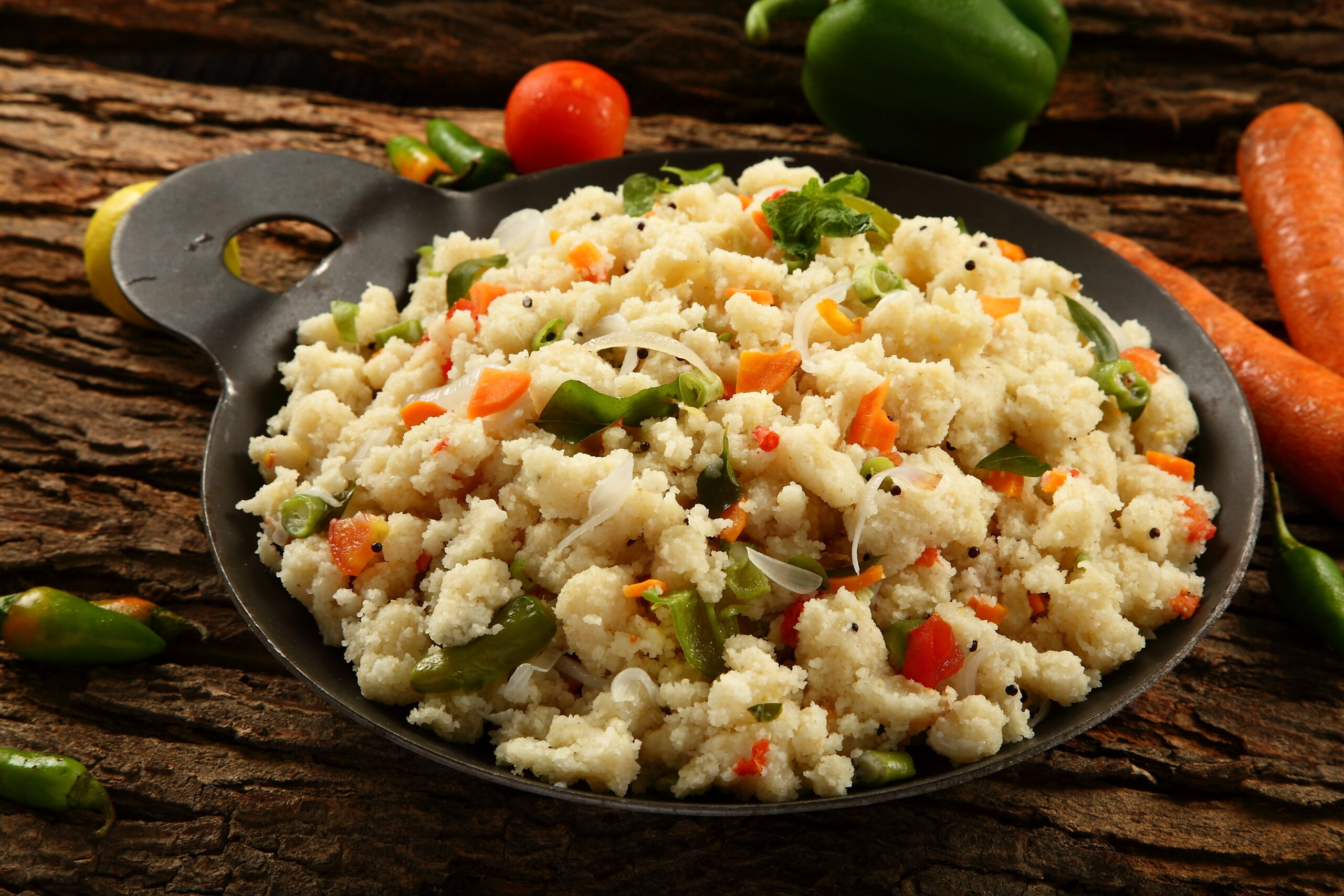5 Factors You Should Consider When Choosing Lifting Chains

Lifting chains are indispensable in various industrial and commercial settings, from construction sites to warehouses and factories. They are used to lift and move heavy loads with precision and efficiency, making them an essential part of any material handling operation.
But with so many different types of lifting chains available on the market, it can be overwhelming to determine which is best for your specific needs.
To help you make an informed decision, we have compiled a list of the top five factors you should consider when choosing lifting chains. From load capacity to safety features, these factors play a crucial role in the performance and reliability of your lifting equipment.
Whether you’re a construction worker, warehouse manager, or manufacturing engineer, keep reading to learn more about the key factors to consider when choosing lifting chains.
1. Load Capacity
The load capacity is one of the most important factors to consider when choosing lifting chains. This refers to the maximum weight that the chain is designed to handle. Selecting a lifting chain with the appropriate load capacity for your specific task is critical to ensure safety and avoid accidents or equipment failure.
To calculate the required load capacity, you need to determine the weight of the load you will be lifting and any additional weight that may be added due to the angle at which the load is lifted. For example, if you intend to lift a 500-pound load at a 45-degree angle, the effective load on the chain will be 707 pounds (500 / cos (45)). Therefore, you will need a lifting chain with a load capacity of at least 707 pounds.
Using a lifting chain with a load capacity that is too low can be dangerous, as it may break under the strain of the load. On the other hand, using a chain with a load capacity that is too high may be unnecessary and result in higher costs. Therefore, it is essential to calculate the required load capacity and choose a lifting chain that meets or exceeds that capacity.

2. Length and Width
The length and width of the lifting chain can also impact its performance and handling. It is essential to choose a chain that is the appropriate length and width for the specific application to ensure that it can reach the load and provide sufficient support.
For example, if the chain is too short, it may not be able to reach the load or may not have enough slack to allow for proper movement. On the other hand, if the chain is too long, it may be challenging and tangled.
The width of the chain is also essential, as it can affect the strength and stiffness of the chain. A wider chain will generally be stronger and more rigid, while a narrower chain will be more flexible and easier to handle.
3. Material
Lifting chains can be made of several materials, including carbon steel, stainless steel, and alloy steel. Each type of material has its unique properties and benefits, and it is vital to choose the right one for your specific needs.
Carbon steel is a strong and durable material resistant to wear and tear. It is often used in heavy-duty applications and is relatively inexpensive compared to other materials. However, it is not resistant to corrosion and may require regular maintenance to prevent rusting.
Stainless steel is another popular choice for lifting chains. It is more corrosion-resistant than carbon steel and is also resistant to temperature fluctuations. However, it is generally more expensive than carbon steel and may not be as strong in some applications.

4. Safety Features
Safety is a top priority when lifting chains, as they can pose a serious risk of injury or death if used improperly. Therefore, choosing lifting chains with built-in safety features is vital to reduce the risk of accidents.
Some common safety features on lifting chains include overload protection, warning labels, and self-locking hooks. Overload protection can prevent the chain from breaking if it is overloaded. On the other hand, warning labels can alert users to the proper handling and usage of the chain. Self-locking hooks can help prevent the load from slipping or falling off the hook.
5. Certification and Quality
In addition to safety features, you must consider the certification and quality of the lifting chains you choose. Certification by a reputable organization, such as the Occupational Safety and Health Administration (OSHA) or the National Association of Chain Manufacturers (NACM), ensures that the chains meet safety standards and are suitable for use in numerous applications.
Quality is another important factor to consider when choosing lifting chains. High-quality chains are made with precision and attention to detail, which can result in better performance and longer lifespan. They may also come with warranties or guarantees, offering additional peace of mind.
Final Thoughts
In conclusion, selecting the right lifting chains for your specific needs is crucial for ensuring the safety and reliability of your material handling operations. From load capacity and material to safety features and certification, there are many factors to consider when choosing lifting chains.
Remember, your safety and the safety of your workers should always be a top priority. By choosing high-quality, certified lifting chains that are suitable for your specific needs, you can help reduce the risk of accidents and equipment failure and ensure the smooth operation of your business.



































